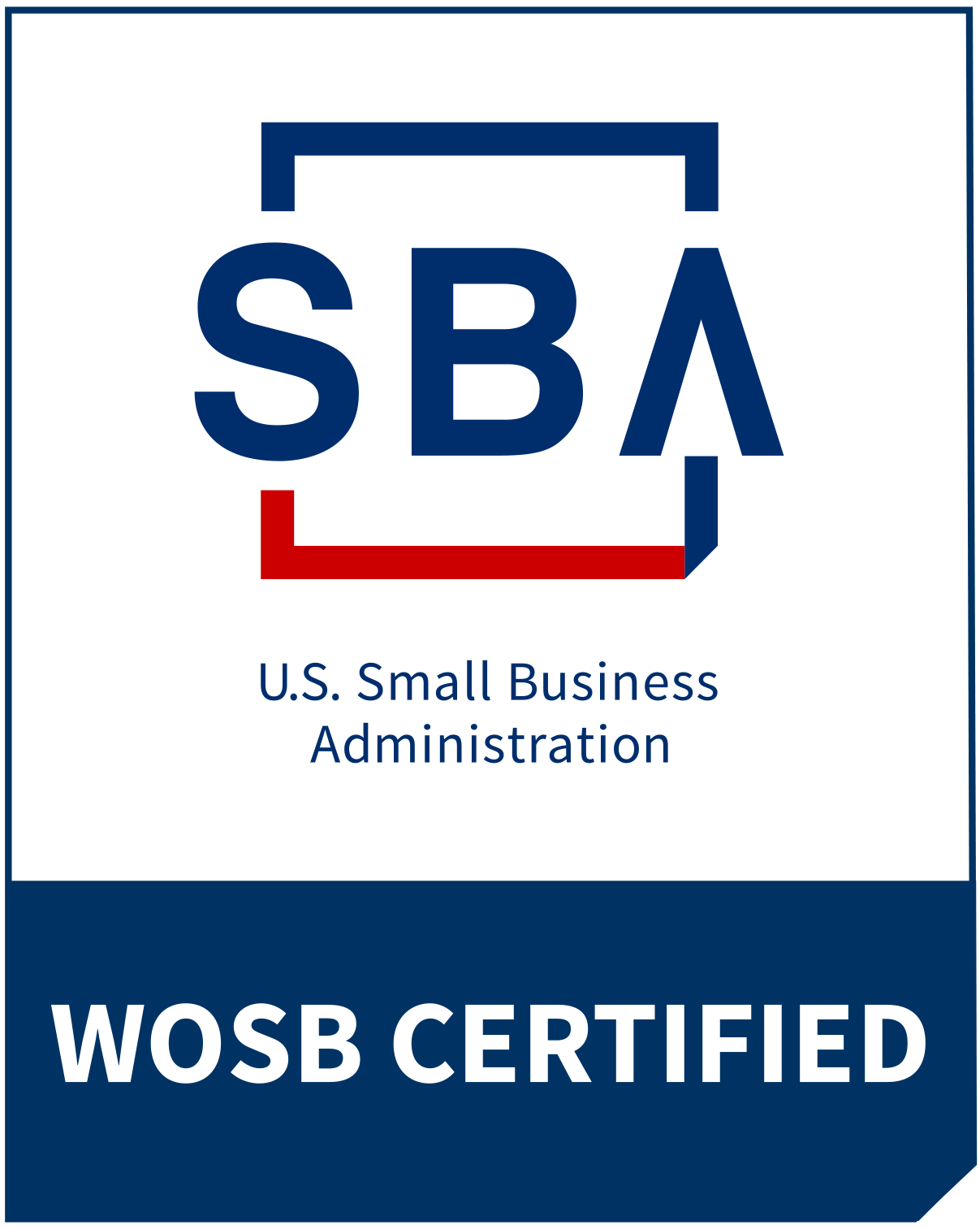A recent study carried out jointly by IESE Business School and Capgemini Consulting revealed: “The correlation between company size and reported innovation success rate suggests that it is much easier to drive innovation in small organizations.”
If you’re a small or medium sized company, this could be good news for you, at least at the moment. But, as companies grow, in general, the senior leaders and executives get farther and farther away from two key influencers of innovation — front line employees and customers.
Distance from customers is problematic to innovation when executives attempt to create innovation strategies without recent understanding of customer needs and market realities. This often leads to innovation ideas that simply aren’t relevant to potential customers.
The negative impact on innovation success that emerges when executives are distant from front line employees may seem a bit less intuitive. What the study uncovered was that when it comes to motivation, executives and front line employees are on completely different ends of the spectrum.
“In the comparison of executive and employee motivations executives have extrinsic transactional drivers whereas employees are driven by high transformation intrinsic drives such as the excitement of innovation, the team focus and the need to help the organization.” In fact, 46% of executives believe that “accountability” is the key motivator for innovation success within their organizations, with only 15% believing that more intrinsic, creative motivations play a role at all.
In fact, among employees, key motivators include the excitement of innovative work (91%); along with a desire to improve things (89%), and the desire to be part of a team or task force for something new (87%).
Because of this striking disconnect between motivational factors, even when the innovation strategies themselves are right, the strategies and tactics for deployment and execution are often flawed. Executives attempt to motivate in ways that just aren’t relevant to the employees tasked with carrying out innovation strategies.
Avoiding this trap takes a commitment to exceptional entrepreneurial leadership behavior — executives staying close to employees and customers; and developing (and then practicing) the skills to understand evolving customer needs, and to tap into the belief systems of employees.
We’d like to suggest a few potential solutions for leaders of growing companies:
1. Get closer to front line employees. This may seem obvious, but it takes a commitment to listening with an open mind and observing without judgment. Try switching roles or shadowing for a day or a week with one of the employees working directly with customers; or ask for reverse mentoring from a younger employee.
2. Involve front line employees in innovation strategy, but also in creating the ecosystem (reward, work processes, etc) that enable strategy to come to life.
3. Strongly consider involving some of your key customers (actual end users) in your innovation strategy work. Minimally, conduct some observational research among your customers to inform your strategy.
4. Create a broad innovation strategy from the “bottom up” by asking functional or account level groups within the company to create their own innovation strategies, and then bring them together to create a broader company strategy. This can drive very specific innovation by function and customer verticals. Of course, there are some watchouts with this approach as you ladder up to an overall innovation strategy, but depending on your deployment/execution strategy, it can work very nicely.
The bottom line here is that size does matter, but it doesn’t have to diminish your innovation success. Taking steps to ensure that executives, employees and customers are all kept “in focus” will help ensure strong innovation success rates.
Photo licensed under Creative Commons 2.0 via Flickr user: Richard ‘Tenspeed’ Heaven



